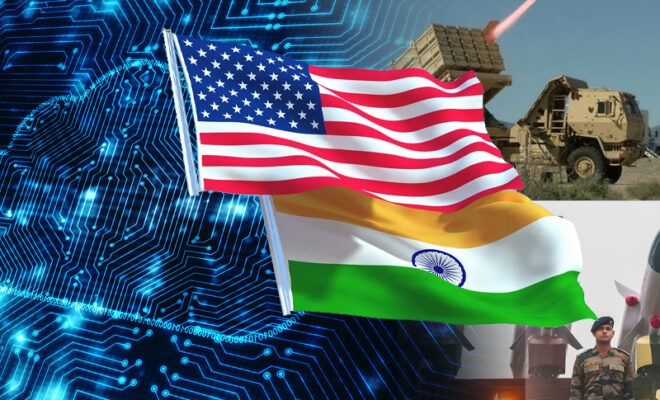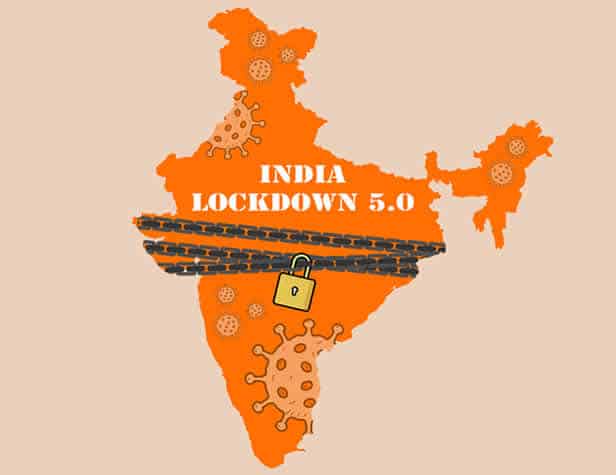India-US Initiative On Critical And Emerging Technologies

India & US are taking bilateral technology and defense industrial initiatives. NSA Ajit K Doval and EAM S. Jaishankar played their crucial roles.
According to senior US administration officials, the two nations have come to an agreement to a new bilateral defense industrial collaboration strategic plan to advance defense tech partnership for joint development and production and initiate a new innovation bridge to link Indian and US defense start-ups in order to strengthen their partnership in technology and the defense industry.
In order to remove obstacles to implementing the road map, the US administration has also promised to work toward easing current export controls, including by collaborating with the US Congress.
Additionally, the US and India will create a joint quantum coordination mechanism, work together to establish AI standards and benchmarks in technical bodies, create a taskforce to collaborate on semiconductor manufacturing, strengthen their cooperation in the field of space, start an innovative public-private dialogue on advanced telecom technologies, and improve academic collaboration.
These are some of the consequences that are anticipated from the first high-level discussion of the initiative on essential and emerging technologies (ICET) between the national security advisers of India and the United States, Ajit Doval and Jake Sullivan, respectively, in Washington, DC.
Keep Reading
Four elements, including the fact that the dialogue is the result of a high-level understanding of politics and is being led by the national security councils, the scope of the issues covered, the depth of stakeholder engagement, including with the academic and business communities, and the fact that it is based on a strategic alignment, make ICET “unique,” according to a senior US administration official. According to the source, the mechanism is intended to energize current platforms for cooperation and dialogue rather than to replace them.
A second administration official stated that the US saw it as being in its strategic interest to encourage and participate in India’s growth as a major world power.
The China issue was a significant factor in determining the mechanism and its results, according to the officials.
China is undoubtedly on our minds since it has repeatedly shown to be a problem for both India and the rest of the world, but it’s vital to keep in mind that there are many other factors at play here, including India’s rise.
The first official also noted that it was evident that the US was sending a message by restricting exports to China while lowering them to India.
Administration officials acknowledged that there are regulatory challenges on both sides to operationalize the agreements, but they said there had been open discussions on the subject.
Some of the barriers are statutory, but given the relationship’s bipartisan backing, the government believes the US Congress would assist in removing them.
Other barriers are more related to rules and policies. However, it is anticipated that if there is a strategic vision and dedication to accomplishing the goals, it can lead to “regulatory adjustments”.



